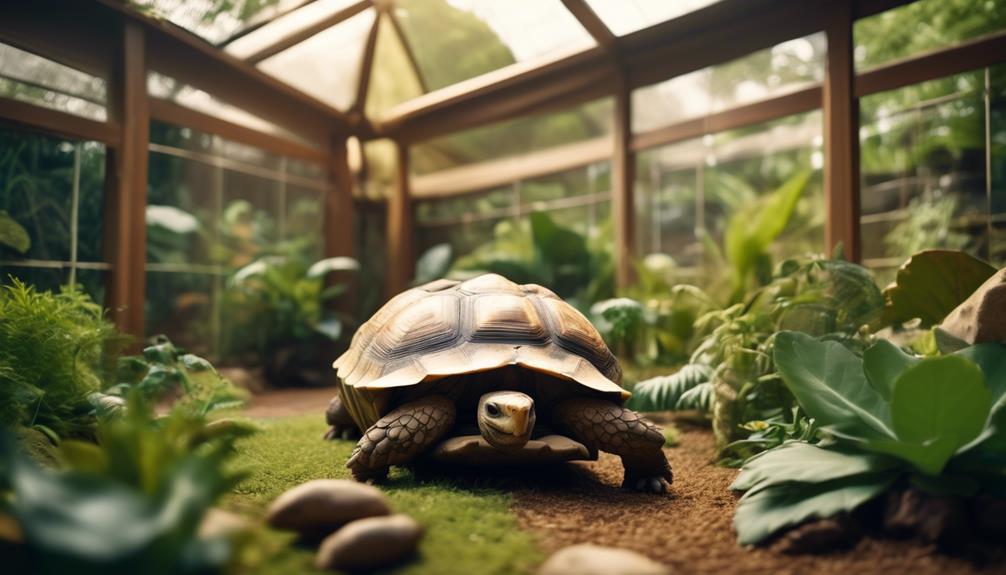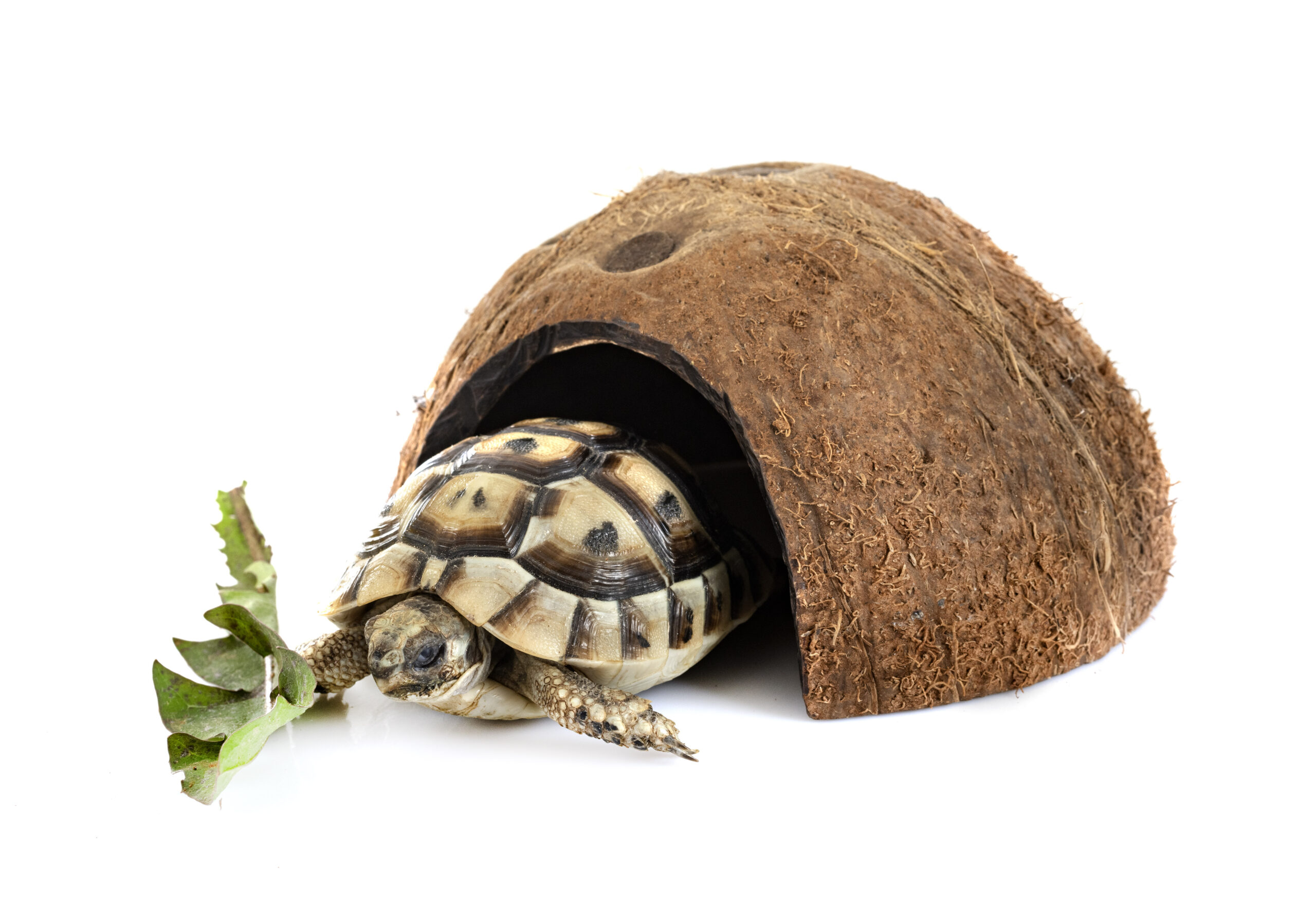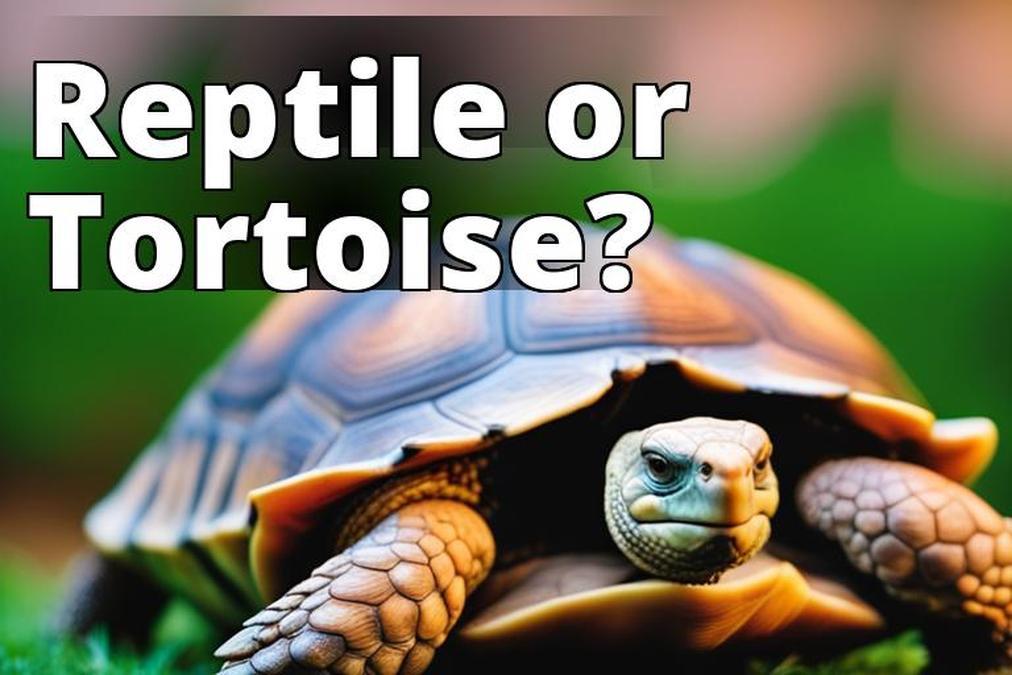As reptiles, tortoises and turtles are often not thought of as affectionate pets. However, many owners of these shelled companions report observing behaviors that suggest an emotional bond between themselves and their pets. So, do pet tortoises and turtles show affection? And if so, how? In this article, we will explore the science behind pet tortoises and turtles, their emotional behavior, and the different ways they express their love.
Pet Tortoises and Turtles Affection Summary
- Pet tortoises and turtles can show affection in their own way
- They recognize their owners and can display signs of happiness
- Understanding their body language and building trust can help nurture a loving bond
The Science Behind Pet Tortoises and Turtles: Do They Show Affection?
Before delving into the emotional behavior of tortoises and turtles, it’s important to understand their physiology. As cold-blooded animals, reptiles have a slower metabolism and fewer nerve endings than warm-blooded animals. This means that they do not experience emotions in the same way mammals do. However, recent studies have shown that reptiles do have complex neurological systems and can experience a range of emotions, including fear, pleasure, and stress.
In terms of affection, pet tortoises and turtles may not experience the same kind of love that mammals do, but they do form bonds with their owners. One study found that red-footed tortoises showed increased activity and responsiveness when their owners entered the room, suggesting that they recognized and were excited to see their owners. Additionally, many tortoise and turtle owners report observing behaviors that suggest their pets enjoy their company and seek out interaction.
Understanding the Emotional Behavior of Pet Reptiles: Tortoises and Turtles
While tortoises and turtles may not experience emotions in the same way humans do, they do exhibit emotional behavior. For example, they may display aggression when feeling threatened or stressed, or they may retreat into their shells when feeling anxious. They may also exhibit signs of contentment, such as basking in the sun or stretching out their limbs.
It’s important to note that each individual tortoise or turtle may exhibit different emotional behaviors. Some may be more social and seek out interaction, while others may be more solitary and prefer to be left alone. Understanding your pet’s individual personality and behavior is key to building a bond with them.
Do Tortoises and Turtles Recognize Their Owners?
While the scientific evidence is limited, many pet owners report that their tortoises and turtles recognize them. Some owners have reported that their pets will come when called, follow them around, or even climb onto their laps for attention. These behaviors suggest that tortoises and turtles can form associations with specific individuals and recognize familiar faces and voices.

Exploring the Different Ways Pet Tortoises and Turtles Express their Love
While tortoises and turtles may not show affection in the same way that mammals do, they do exhibit behaviors that suggest they enjoy interaction with their owners. Some common behaviors include:
- Following their owners around
- Climbing onto their laps or onto their hands
- Stretching out their limbs or necks when being petted
- Basking in the sun while their owners are nearby
- Making eye contact with their owners
- Responding to their owners’ voices or touch
While these behaviors may not be the same as a dog wagging its tail or a cat purring, they do suggest that tortoises and turtles enjoy spending time with their owners and seek out interaction.
Decoding Body Language: Signs of Affection in Pet Tortoises and Turtles
Tortoises and turtles communicate through body language, and understanding their signals can help you decipher whether your pet is feeling affectionate or stressed. Some common signs of affection in tortoises and turtles include:
- Slowly approaching their owners with their heads held high
- Stretching out their limbs or necks when being petted
- Nuzzling or rubbing against their owners
- Licking or nibbling on their owners’ fingers
- Making eye contact with their owners
On the other hand, signs of stress or discomfort may include:
- Retreating into their shells
- Hissing, biting, or snapping
- Scratching or pawing at their enclosure
- Pacing or restlessness
By paying attention to your pet’s body language, you can better understand their emotional state and respond accordingly.
A Personal Story: The Unlikely Bond Between a Tortoise and His Owner
As a lifelong reptile enthusiast, I never thought I’d form a deep emotional bond with a tortoise. But that all changed when I met my pet tortoise, Toby.
At first, Toby was shy and withdrawn, hiding in his shell whenever I approached him. But over time, I started to notice small signs of affection from him. Whenever I would sit near his enclosure, he would come out of his shell and slowly make his way over to me. He would even let me scratch his chin, a sign of trust and comfort.
As Toby grew more comfortable with me, his personality began to shine through. He would follow me around the room, his little legs moving as quickly as they could. And when I would pick him up, he would snuggle into my chest, letting out contented sighs.

Now, years later, Toby and I have a deep bond. He recognizes me and greets me with excitement whenever I come into the room. And while he may not show affection in the same way a dog or cat would, his little tortoise ways of showing love make my heart swell with joy.
What Does a Happy Tortoise or Turtle Look Like?
A happy tortoise or turtle may exhibit a range of behaviors, depending on their personality and preferences. Some common signs of a happy pet include:
- Resting with their limbs extended
- Eating regularly and with enthusiasm
- Basking in the sun or under a heat lamp
- Seeking out interaction with their owners
- Exploring their environment
- Making contented noises, such as hissing or grunting
It’s important to note that a lack of these behaviors does not necessarily mean that your pet is unhappy. Each pet is unique and may exhibit happiness in their own way.
Nurturing Loving Bonds with Your Shelled Companions: Tips for Building Trust with Tortoises and Turtles
Building a bond with your tortoise or turtle can take time and patience, but it’s worth the effort. Here are some tips for nurturing a loving relationship with your shelled companion:
- Spend time with your pet every day, even if it’s just sitting near their enclosure and talking to them
- Offer your pet treats by hand to build trust
- Provide a varied and stimulating environment, including hiding spots and objects to climb on
- Handle your pet gently and avoid sudden movements or loud noises
- Respect your pet’s boundaries and preferences for interaction
By taking the time to understand your pet’s behavior and preferences, you can build a strong bond and enjoy a rewarding relationship with your tortoise or turtle.
From Snuggles to Snapping: Unveiling the Varied Responses of Affection in Pet Reptiles
While tortoises and turtles may not show affection in the same way that mammals do, they do exhibit emotional behavior and form bonds with their owners. Understanding your pet’s individual personality and behavior is key to building a strong bond and enjoying a rewarding relationship. By paying attention to their body language and providing a stimulating and nurturing environment, you can foster a loving relationship with your shelled companion.
| Type of Turtle | Affectionate Behaviors |
|---|---|
| Red-Eared Slider | Swimming towards owner, following owner around, stretching out limbs when being petted |
| Box Turtle | Climbing onto owner’s hand or lap, making eye contact, nibbling on owner’s fingers |
| Painted Turtle | Swimming towards owner, stretching out limbs when being petted, basking in the sun while owner is nearby |
| Musk Turtle | Making eye contact, nuzzling against owner, resting limbs on owner |
| Map Turtle | Following owner around, approaching owner with head held high, nibbling on owner’s fingers |







